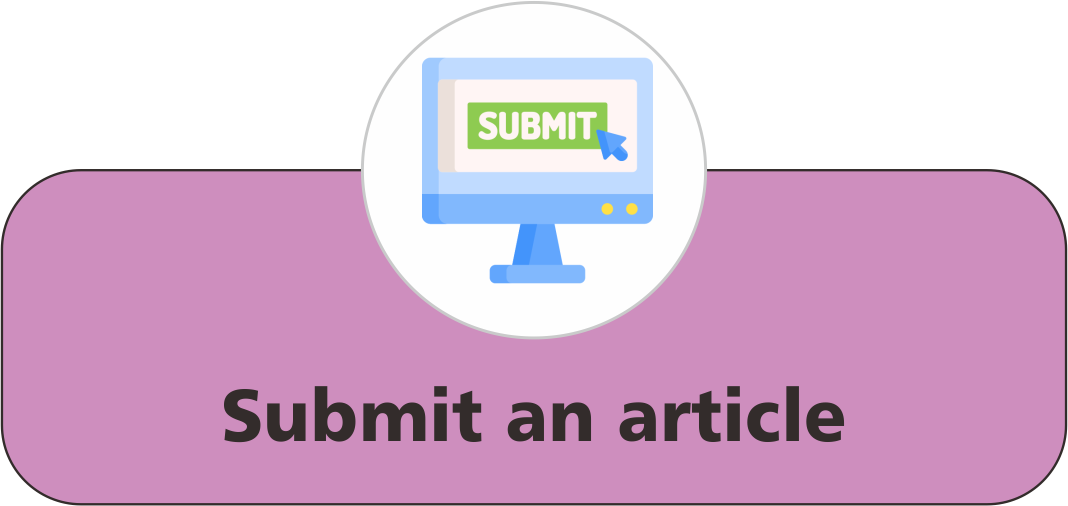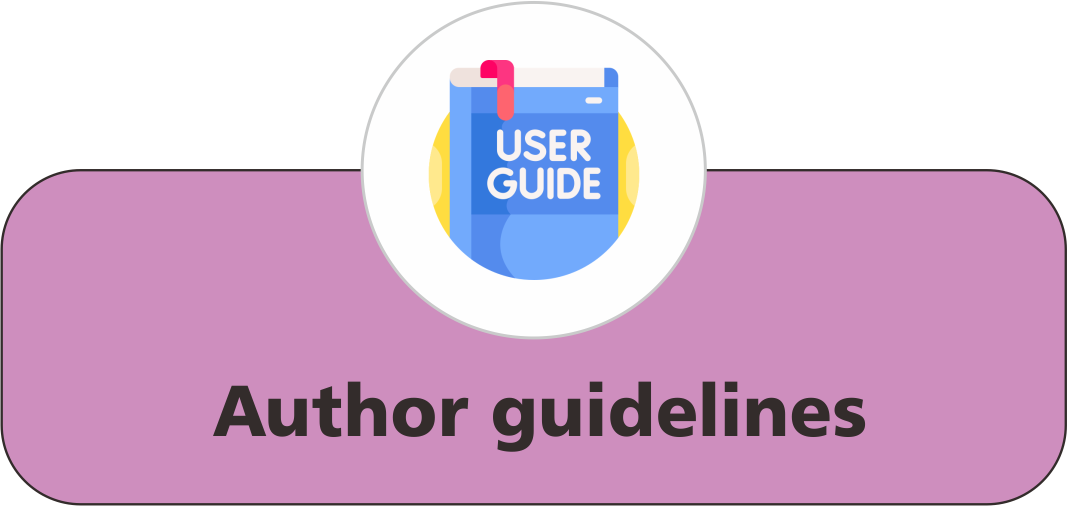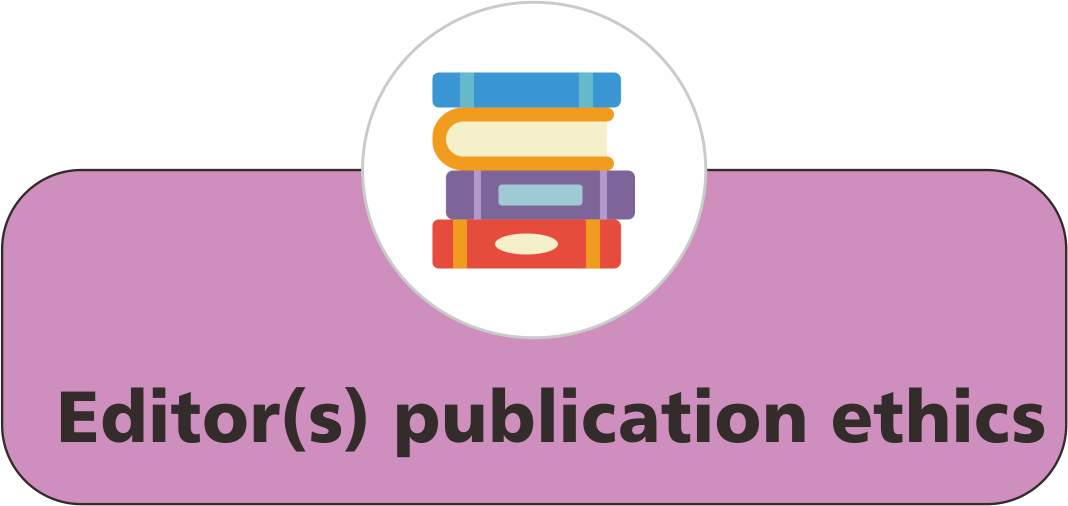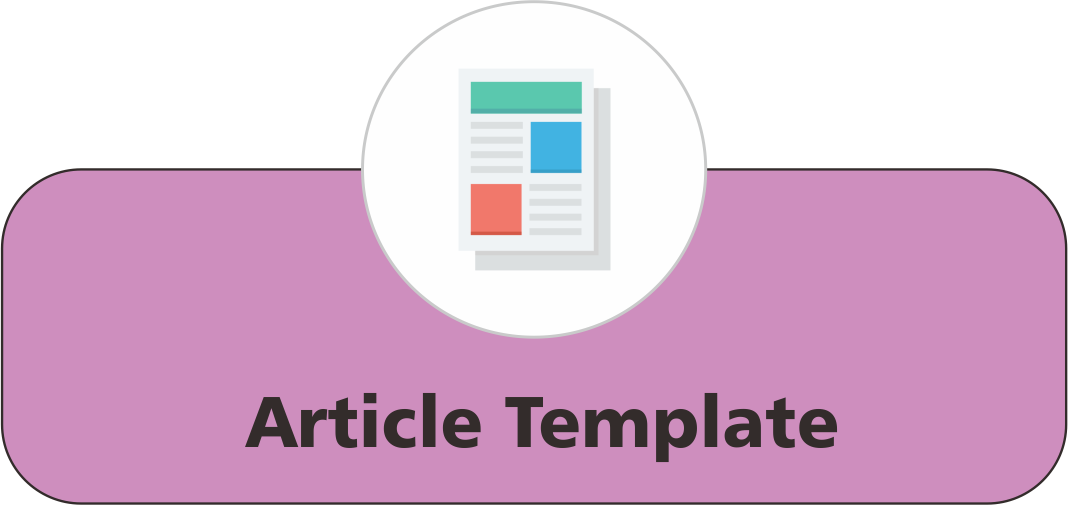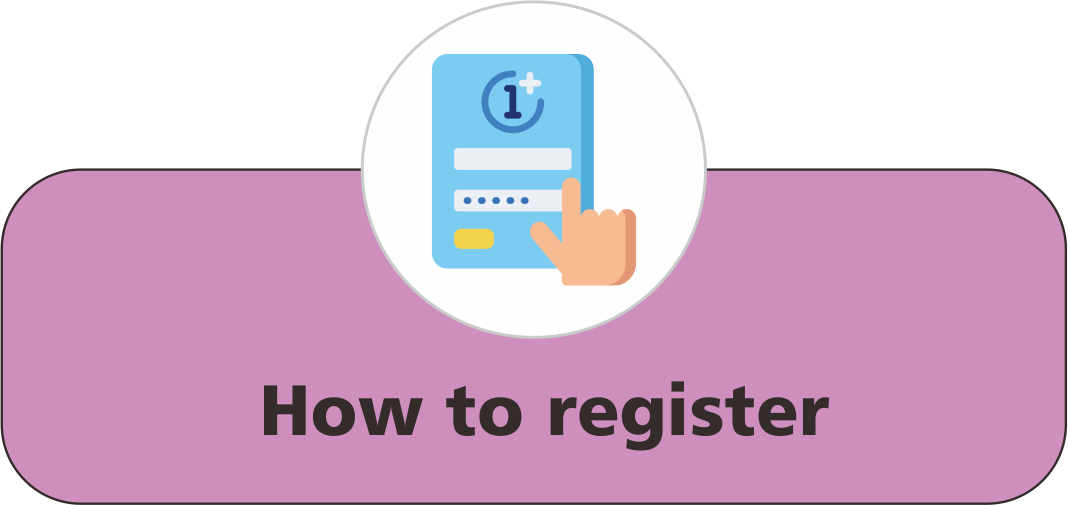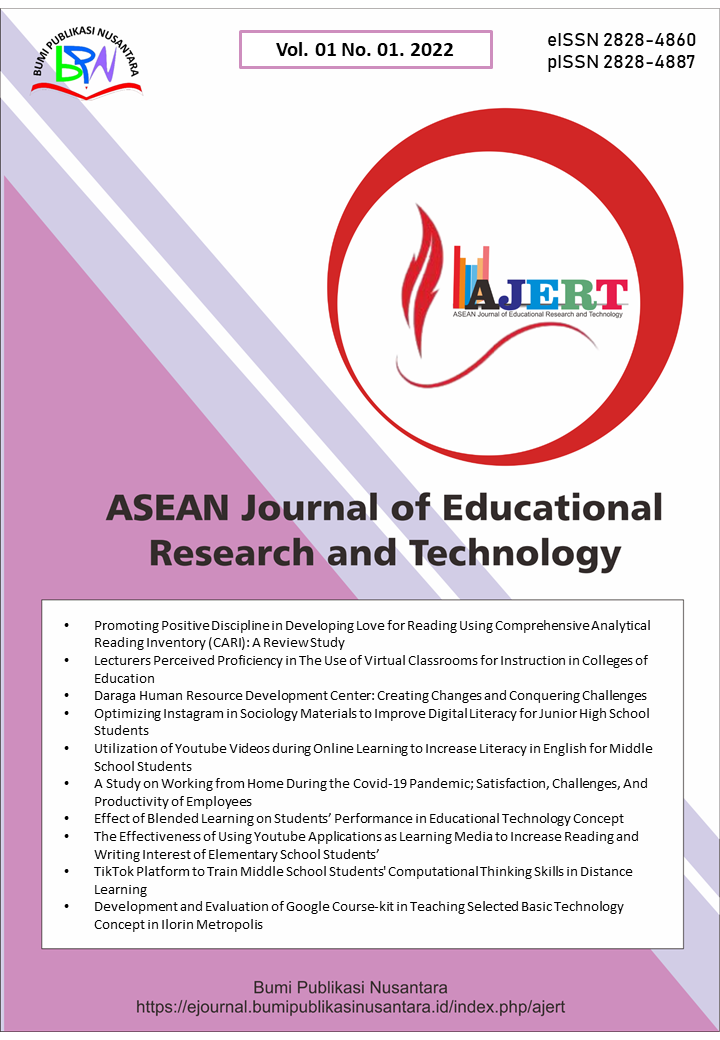Impact of Communicative Language Test Assessments in Enhancing Learners' Capacity
 ),
),
(1) Al‐Hikmah University Ilorin
 Corresponding Author
Corresponding Author
Abstract
Keywords
References
Bailey, K., and Brown, J. (1999). Learning about language assesment: Dilemmas, decisions, and directions and new ways of classroom assessment. Learning, 4(2), 1-8.
Brown, J. D. (2005). Testing in language programs: A comprehensive guide to English language assessment. Language Testing, 25(2), 273-281.
Byrnes, H. (2002). The role of task and task-based assessment in a content-oriented collegiate foreign language curriculum. Language Testing, 19(4), 419-437.
Canale, M. and Swain, M. (1980). Theoretical bases of communicative approaches to second language teaching and learning. Applied Linguistics, 1(1), 1-47.
Carroll, B. J. (1983). Communicative language tests: Tasks, enabling skills, formats, and measurement criteria. World Language English, 2(1), 37-39.
Danili, E. and Reid, N. (2006). Cognitive factors can potentially affect pupils’ test performance. Chemistry Education Research and Practice, 7(2), 64-83.
Fairbairn, S. B. (2005). Language Assessment: Principles and Classroom Practices. Teachers of English to Speakers of Other Languages, 39(2), 344-346.
Foulder-Hughes, L. A., and Cooke, R. W. I. (2003). Motor, cognitive, and behavioural disorders in children born very preterm. Developmental Medicine and Child Neurology, 45(2), 97-103.
Haristiani, N., and Rifa’i, M. M. (2020). Combining chatbot and social media: Enhancing personal learning environment (PLE) in Language Learning. Indonesian Journal of Science and Technology, 5(3), 487-506.
Haristiani, N., and Rifai, M. M. (2021). Chatbot-based application development and implementation as an autonomous language learning medium. Indonesian Journal of Science and Technology, 6(3), 561-576.
Herman, J. L. (1992). What research tells us about good assessment. Educational Leadership, 49(8), 74-78.
Katsumasa, S. (1997). Communicative language testing: Principles and problems. English Review, 12, 3-24.
McGroarty, M. (1984). Some meanings of communicative competence for second language students. TESOL Quarterly, 18(2), 257-272.
McNamara, T. (2003). Book Review: Fundamental considerations in language testing. Oxford: Oxford University Press, Language testing in practice: designing and developing useful language tests. Language Testing, 20(4), 466-473.
Medani, D. I., and Sakti, A. W., (2022). Introduction of indonesian poem (pantun) as a creative effort of elementary school students in improving language skills in the Covid-19 pandemic era. Indonesian Journal of Multidiciplinary Research, 2(1), 229-236.
Rivky, M., Fajar, M.R.K., and Pangestu, A.R. (2022). Utilization of Virtual Reality Chat as A Means of Learning Communication in The Field of Education. ASEAN Journal of Community Service and Education, 1(1), 23-30.
Tamara, Y., Sakti, A. W., and Wulandary, V. (2021). Analysis of the Level of Interest of Junior High School Students in Learning Basic Japanese Language. International Journal of Research and Applied Technology, 1(1), 109-114.
Weir, C. J. (1988). Communicative language testing with special reference to English as a foreign language. Exeter Linguistic Studies, 11, 1-241.
Wesche, M. B. (1983). Communicative testing in a second language. The Modern Language Journal, 67(1), 41-55.
Article Metrics
Abstract View : 1349 times
: 1349 times Download : 1175 times
Download : 1175 times
Refbacks
- There are currently no refbacks.
Copyright (c) 2022 Bumi Publikasi Nusantara

This work is licensed under a Creative Commons Attribution-ShareAlike 4.0 International License.

